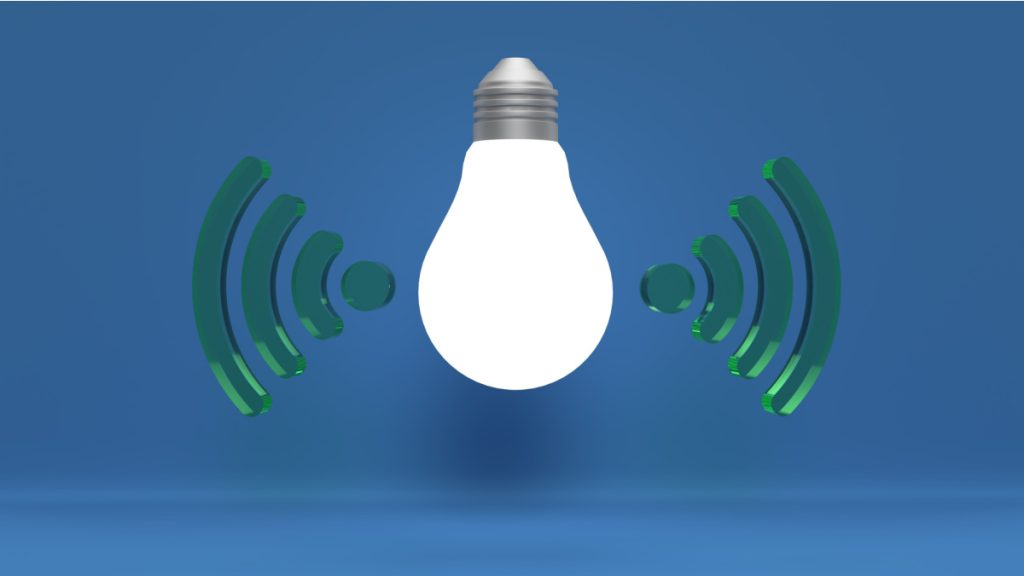
Wi-Fi is commonly used for internet access, but as the number of users grows, especially with the rise of the Internet of Things (IoT), this technology faces challenges. A potential solution is emerging in the form of Li-Fi technology, designed to handle increasing demands.
Li-Fi technology utilizes energy-efficient LED lights, similar to those found in homes and offices. Equipped with a light modulation chip, Li-Fi lights transmit data to be received by light receptors, forming a wireless network. Invisible light pulses are emitted to transmit data swiftly, with transmission speeds exceeding 100 Gbps, far surpassing Wi-Fi.
This light-based technology offers a larger bandwidth than traditional radio frequency spectrum, addressing spectrum and frequency crises. Ideal for environments with interference concerns, such as hospitals and aircraft, Li-Fi is especially useful where radio frequency is unavailable, like underground mines.
Li-Fi’s optical waves don’t pass through walls, ensuring data security. Energy-efficient LED lights make Li-Fi a cost-effective option, potentially eliminating the need for devices like routers, modems, and antennas. Li-Fi can work alongside Wi-Fi, providing users flexibility in choosing their preferred network.
However, Li-Fi technology has limitations, including a shorter range of up to 10 meters compared to Wi-Fi’s 32 meters outdoors. Its efficiency is restricted to indoor use, where LED lights can be strategically installed. Additionally, limited device compatibility poses a challenge, rendering the impressive speed offered by Li-Fi meaningless in the absence of widespread device support.
Inside Telecom provides you with an extensive list of content covering all aspects of the tech industry. Keep an eye on our Telecom sections to stay informed and up-to-date with our daily articles.